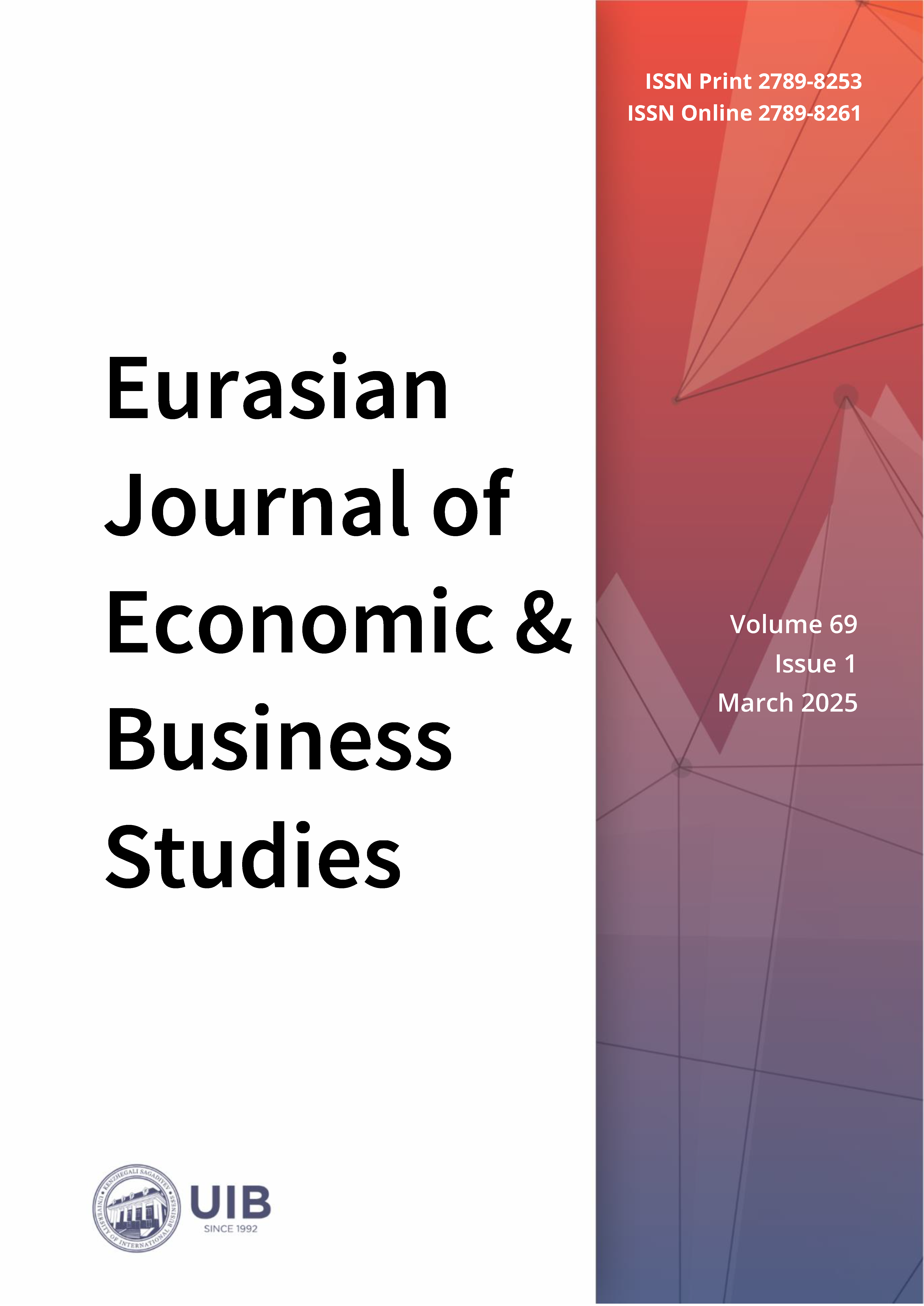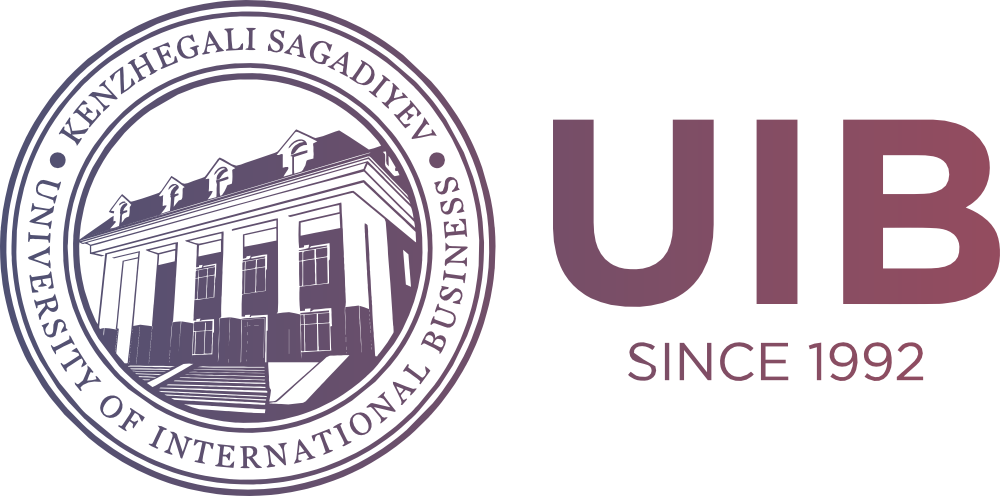Econometric Analysis of the Tourist Flow in Kazakhstan: Trends, Factors and Forecasts
DOI:
https://doi.org/10.47703/ejebs.v69i1.466Keywords:
Tourism, International Tourism, Tourism Business, Seasonal Fluctuation, Global Economy, Economic GrowthAbstract
Tourism is an important economic sector that has a multiplier effect on employment, investment, and infrastructure development. However, tourist flows are subject to significant fluctuations caused by external and internal factors. This study aims to analyze the dynamics of tourist flow in Kazakhstan, identify key factors influencing the sector's profitability, and forecast its future development. Research methods include econometric analysis, studying the elasticity of demand, the sensitivity of tourism revenues to various factors, and forecasting the future state of the industry using the Markov model. The results showed that the tourist flow in Kazakhstan is characterized by high variability. The elasticity analysis revealed that a 1% decrease in air ticket prices increases the number of tourists by 0.75-11.3% over the years. Elasticity analysis showed that changes in airfare prices affect the number of tourists, and income sensitivity helped to identify which parameters – the number of tourists, the cost of accommodation, or the number of international flights – have the most significant impact on the financial sustainability of the industry. The forecast showed a 73.5% probability of tourism growth in 2024-2025 but a possible decrease after 2026. The results showed that the tourist flow in Kazakhstan is characterized by high variability, is subject to seasonal and crisis fluctuations, and requires a systematic approach to management. Future research may focus on developing strategies to reduce tourism's dependence on external crises and create mechanisms to ensure its sustainable development.
Downloads
How to Cite
Downloads
Published
Issue
Section
License

This work is licensed under a Creative Commons Attribution 4.0 International License.
Authors retain copyright and grant the journal right of first publication with the work simultaneously licensed under a Creative Commons Attribution (CC-BY) 4.0 License that allows others to share the work with an acknowledgment of the work’s authorship and initial publication in this journal.



